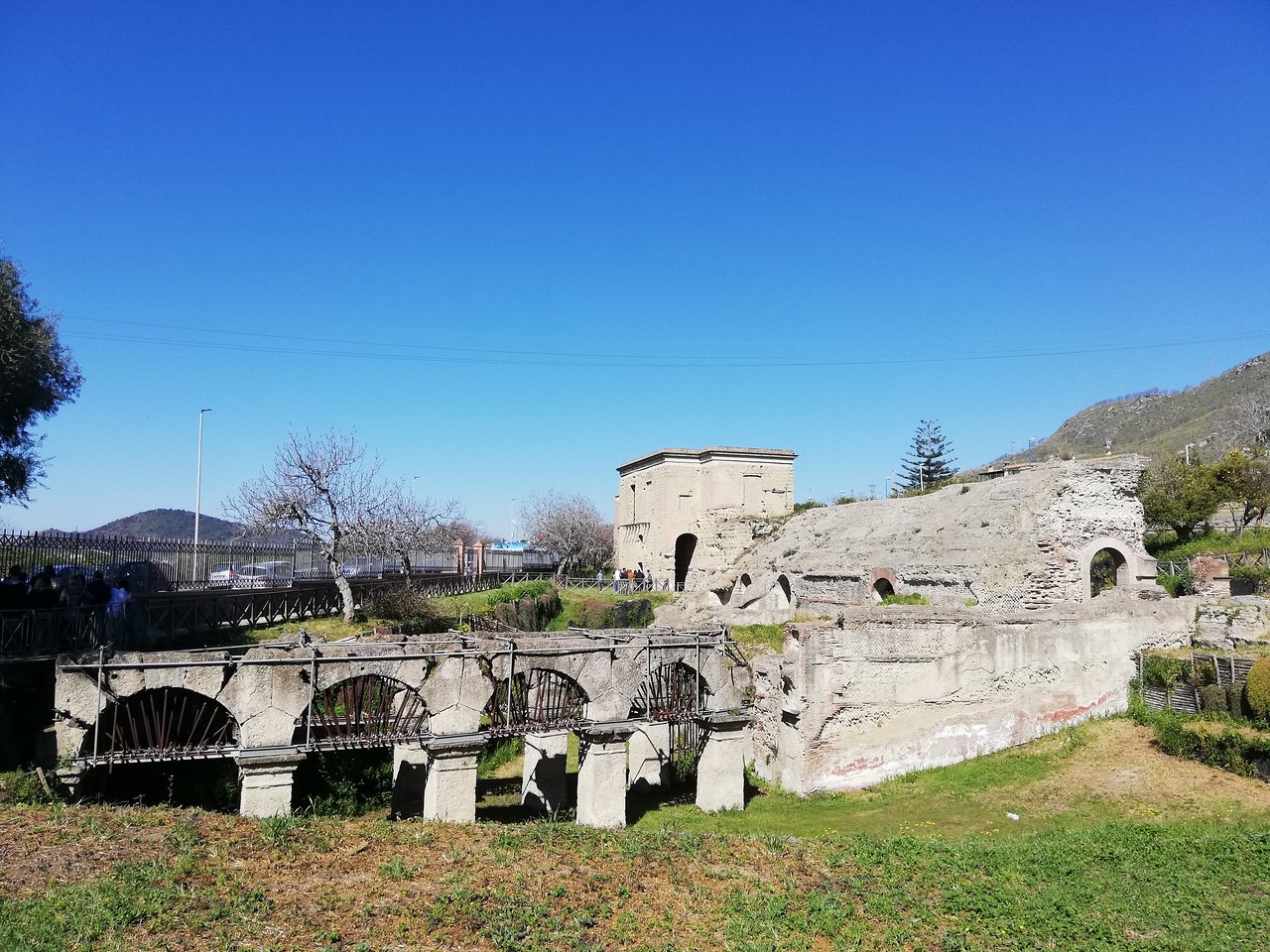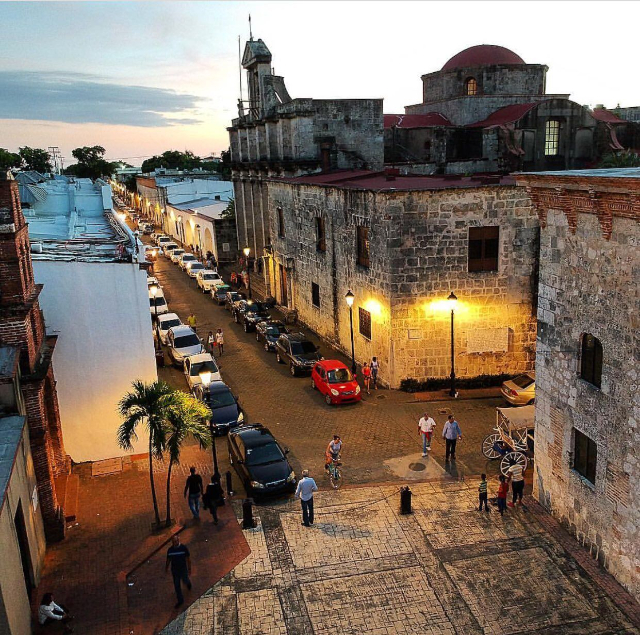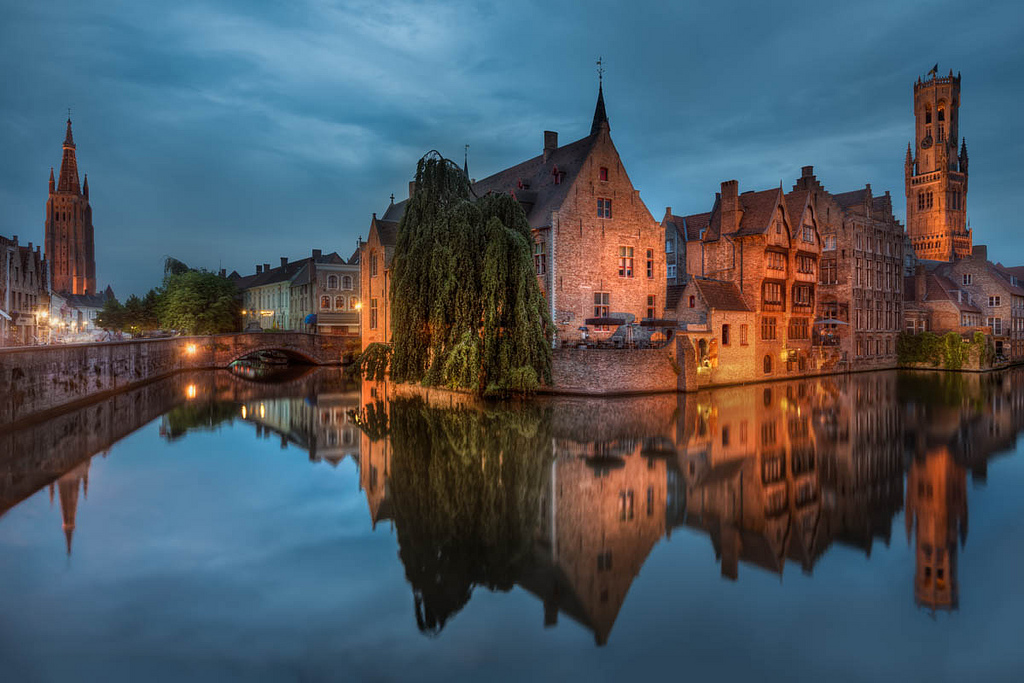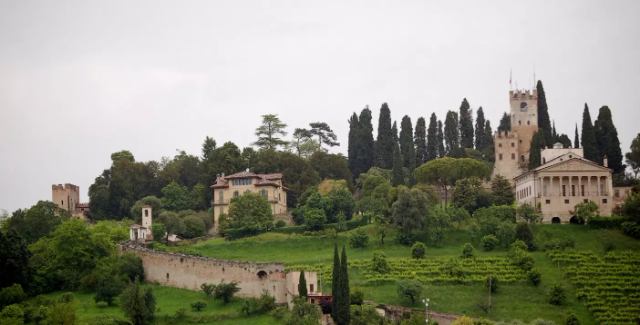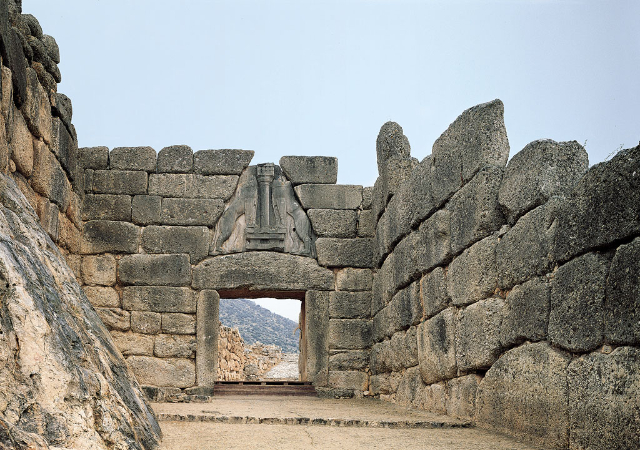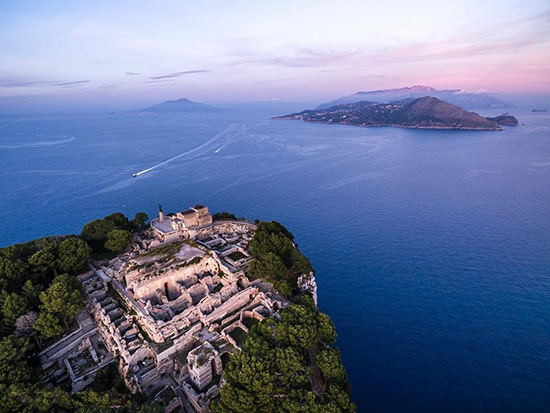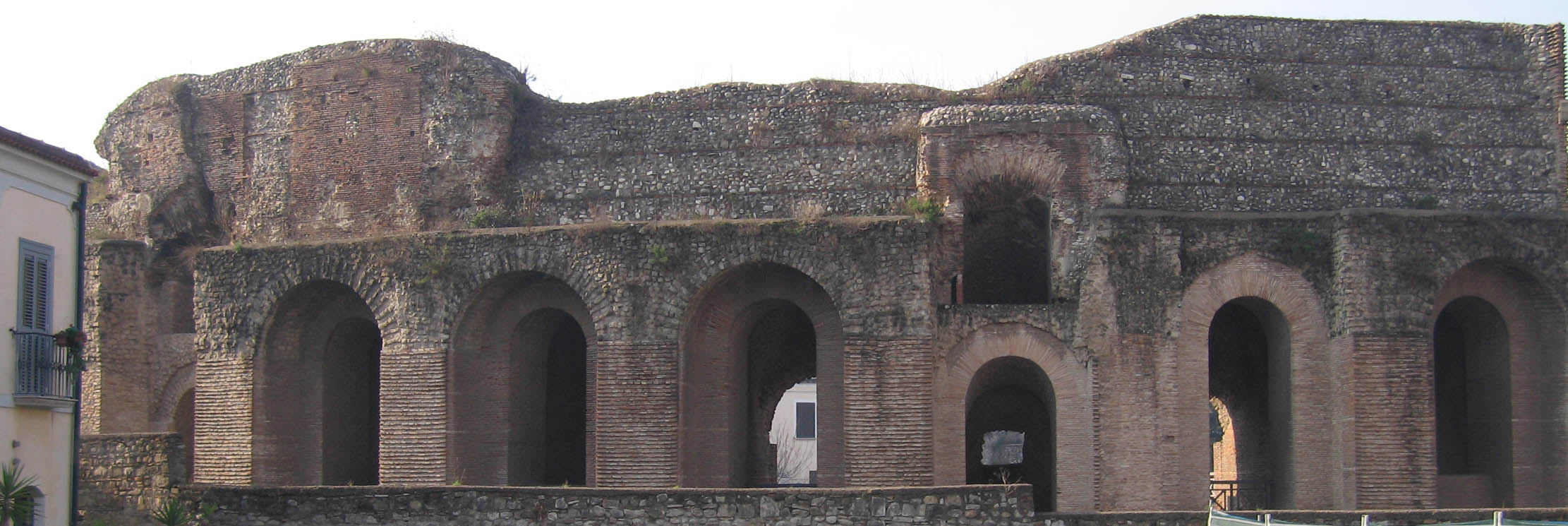The Antonino Pio Stadium, located immediately to the west of the city of Puteoli, stands on a natural terrace, with the northern front facing the ancient Via Domitiana (now Via Luciano) and the southern front scenographically overlooking the Gulf of Pozzuoli.
As the ancient sources inform us, the construction of the Stadium was promoted by the Emperor Antoninus Pius to celebrate the philhellenic spirit of his predecessor Hadrian who, who died in Baia in 138 A.D., was first buried in the area of one of Cicero’s villas in Pozzuoli; later, Antoninus Pius, having overcome the Senate’s qualms, had the remains transferred to Rome and instituted Olympic-type games known by the Greek name of Eusebeia in Pozzuoli, on the site of the first burial.
The Stadium (measuring about 300 x 70 m) has the traditional rectangular plan with one of the short curved sides (sphendone) and the other, reserved for the start of the athletes, characterized by a slight curvilinear trend. On this side – where in the last decade of the last century different excavation campaigns carried out thanks to the regional funds were concentrated – there is a monumental double-curtain passageway, originally covered by a masonry vault. This entrance introduced the athletes directly to the runway and consisted of several arches made of large blocks of local volcanic stone (so-called piperno), covered with light-coloured plaster; of these arches only the pillars were preserved standing, while the ashlars, all found to have collapsed, were repositioned in their original position during the recent restoration work on the monument. Access to the spectators, on the other hand, was from the northern front filtered by several foreparts, of which only the first to the east could be seen, interspersed with green spaces. Passing through them, one enters an ambulatory with cocciopesto flooring and a composite vaulted roof; from here, through different openings (vomitoria), the public could access the various sectors of the stands (cavea). As in most buildings for ancient performances, the cavea of Antonino Pio’s Stadium was organized in three parts, corresponding to different bands of spectators. The lower part of the cavea (ima), reserved for eminent figures, is separated from the track by a fence wall (balteus) and preserves two rows of seats in blocks of piperno; of the intermediate and higher parts of the cavea (medium and summa), on the other hand, the bleachers are not preserved, which, according to some traces highlighted, do not appear to be made of piperno.
